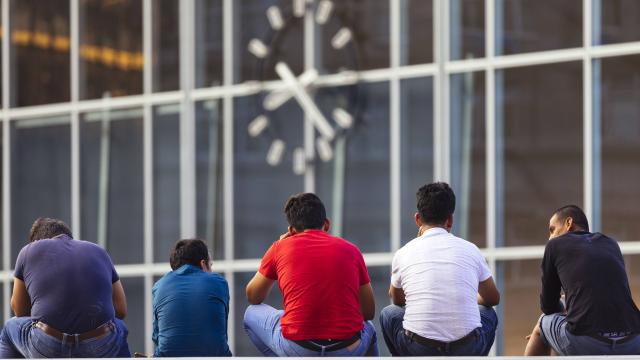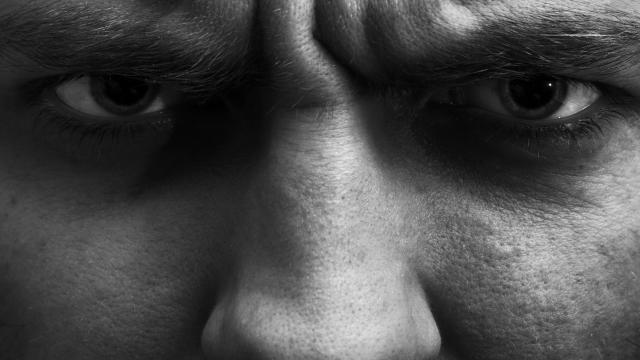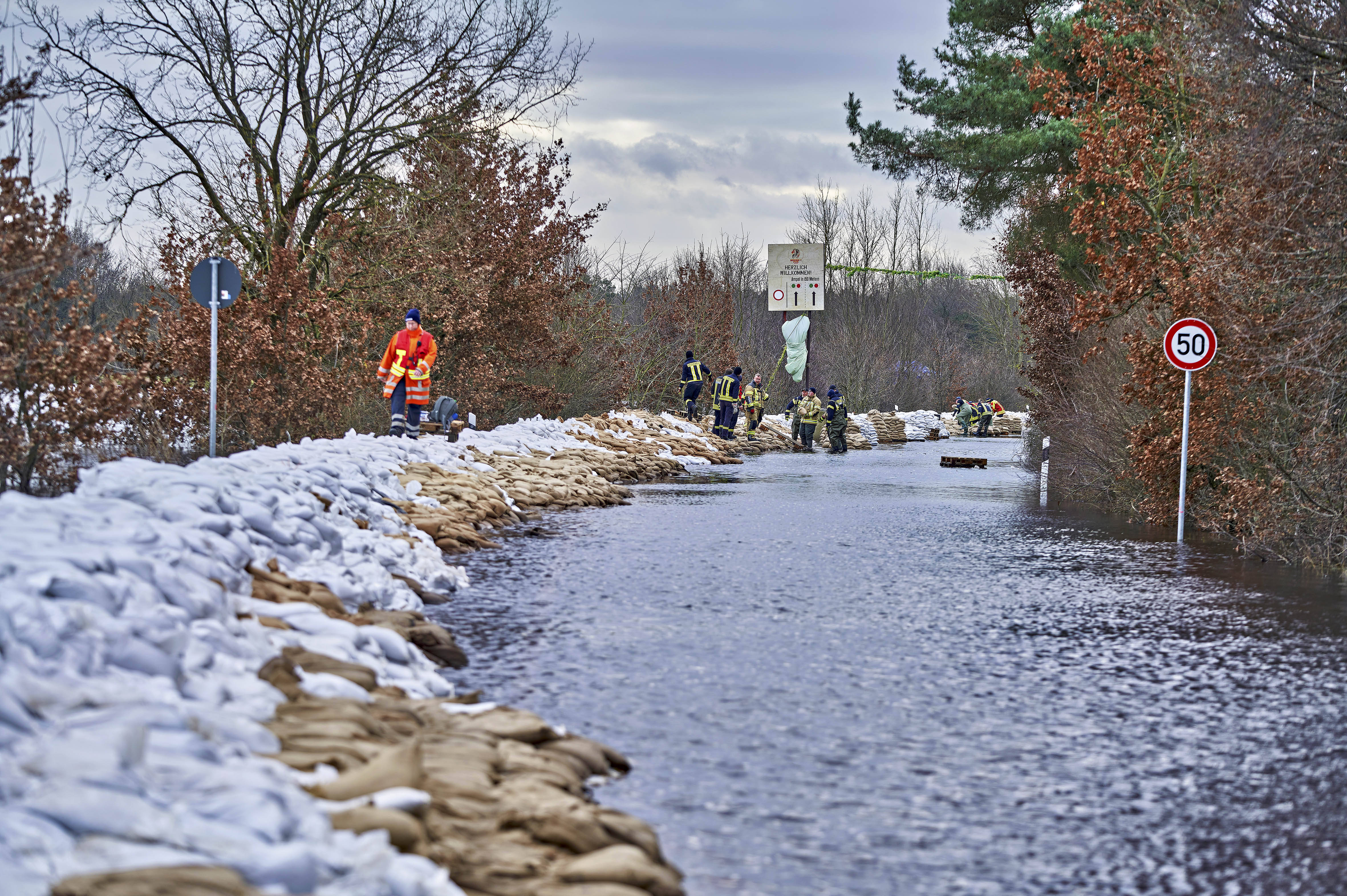

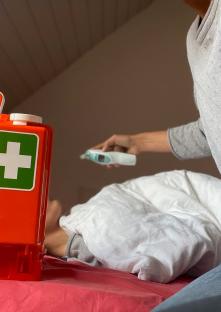

When Crisis Strikes: Spontaneous Helpers and the Human Factor in Disaster Response
Understanding the complexity of disasters requires different professional perspectives,” say Professor Anja Danner-Schröder, organizational scientist, and Professor Matthias Rohs, educational scientist. “Precisely because we are not experts in the field, we see things that others might overlook,” emphasizes Danner-Schröder. Her organizational theory perspective focuses on structures, dynamics, and conflicts that arise in exceptional situations – especially where established hierarchies encounter self-organized assistance.
Spontaneous helpers as a blind spot
A central theme of her research is the role of spontaneous helpers in crisis situations. “Time and again, we see that many people want to help in emergencies – for example, during floods, where residents spontaneously carry sandbags and stack them on dikes,” says Danner-Schröder. "Many of these helpers simply want to support, but in doing so they unintentionally create new dangers. During past floods, for example, sandbags were often piled so high and heavy that the additional load endangered the stability of the dikes." This ambivalence between spontaneous help from the population and structured procedures by emergency response teams often leads to conflicts. However, since the former is an important resource in disaster relief, solutions must be found in the long term to integrate this form of assistance—despite its dynamism and unpredictability—into official, structured disaster control plans.
Organized – but without hierarchy
Anja Danner-Schröder's research focuses on self-organization, protest movements, and digital networks, for example in her studies on Fridays for Future. “We were interested in how this movement can be so effective despite deliberately opposing traditional hierarchies,” she says. Many of the principles observed there – such as horizontal communication, decentralized coordination, and strong digital networking – could also be observed among spontaneous helpers.“ These actors function outside established structures, but they act efficiently and purposefully. This is no coincidence, but a pattern that we need to understand better.”
For Danner-Schröder, one thing is clear: disaster control can no longer be seen as the sole responsibility of the state. There needs to be an opening toward civil society – not only in the form of volunteer work in existing organizations, but also for networks and individuals that can be activated at short notice.
Education for emergencies
Matthias Rohs also emphasizes the need to see the population as an active part of crisis preparedness. As an educational scientist, he deals with the question of how people learn to help themselves in exceptional situations. "The population often assumes that disaster control will immediately come to the aid of every individual in crisis situations. However, this is not the case. In disaster relief, there is a clear hierarchy of who gets help first and where. So it may well be that the civilian population has to wait for help at first. Then the ability to help oneself plays a decisive role.“
This broadens the perspective in research on disaster control and crisis management to include the question: How can individuals remain capable of acting on their own – or even support others?”
Rohs is researching the skills needed to act safely and responsibly in crisis situations. This starts with basic skills such as first aid and how to behave correctly in the event of a blackout or flooding, and extends to the use and assessment of information on social media. He sees the latter in particular as a growing problem: "In disaster situations, misinformation spreads rapidly. Those who have learned to check sources and rely on reliable channels have a clear advantage.“
That is why Rohs calls for disaster preparedness to be integrated more strongly into general education – not as a means of scaremongering, but as an element of self-efficacy. ”We should empower people to be prepared – for example, through simple, everyday formats such as local workshops, simulation games, or digital learning opportunities." The aim is not to take over the tasks of the fire department or technical relief services, but to bridge the minutes that are vital for survival or to support others – should this become necessary.
It is particularly important to focus on vulnerable groups, such as older people, people with disabilities, or people without access to digital media. “Resilience must not be a privilege,” emphasizes Rohs. Education in disaster preparedness must therefore be broadly conceived and widely disseminated – through schools, clubs, neighborhood initiatives, or employers.
Self-help skills have considerable room for improvement
To find out how competent the population is at helping themselves in crisis situations, Rohs and his research team recently commissioned a representative survey through the Allensbach Institute. “Some of the results are alarming. Over 50 percent of the population would not be able to help themselves in the event of a disaster,” says Rohs.
The survey covered various areas of competence, from stockpiling and technical crisis preparedness, such as a battery-powered radio or a camping stove, to basic knowledge of medical self-care.
A link between research and practice
Anja Danner-Schröder and Matthias Rohs have joined forces with research colleagues at the Center for Interdisciplinary Disaster Research (CIDR). Together, they are addressing problem areas in disaster control and crisis management from various perspectives, including social and educational sciences, engineering, psychology, and administrative sciences.
One specific project is the establishment of a competence network for spontaneous helpers. The aim is to identify local networks, connect them, and work with them to find ways of integrating their help more effectively in future crises – without formalizing or co-opting them. “We don't want to stifle spontaneity, but rather create structures in which it can work,” says Danner-Schröder.
Resilience is teamwork
What unites both researchers is the conviction that resilience – the ability of a society to survive crises and learn from them – cannot be created at the state level alone. “We need a new understanding of responsibility,” says Rohs. “The state remains important, but the population is not merely a recipient of aid. It is a co-creator.”
For Danner-Schröder, it is also a question of recognition: “If we want people to get involved, then we have to listen to them – not just after the crisis, but before.” Only then can trust develop – between the state and the population, between response teams and volunteers.
Ultimately, it is about taking people's energy, commitment, and skills seriously – not just as a stopgap solution, but as an integral part of disaster control. Because when the going gets tough, it's not just equipment or infrastructure that counts – it's the human factor above all else.

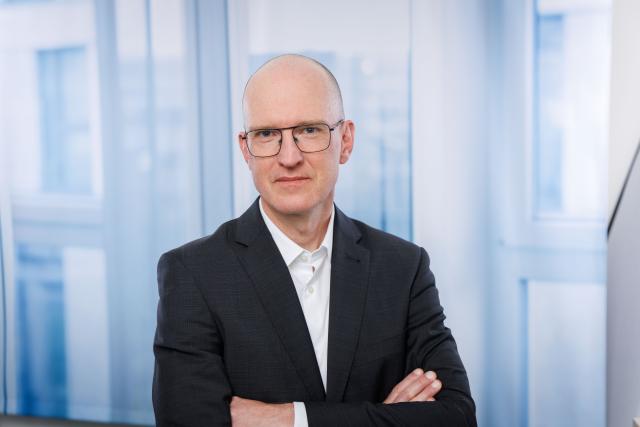
Do you want to dive deeper into the research topic?
Then take a look at the following scientific publications and journal articles:
Lacher, S., & Rohs, M. (2023). Civil protection through adult and continuing education in Germany. A scoping review of an emerging research field. International Journal of Lifelong Education, 42(6), 532-549, DOI: 10.1080/02601370.2023.2263651
>> VIEW PUBLICATION
Geiger, D., Danner-Schröder, A., Kremser, W. 2021. Getting ahead of time - Performing temporal boundaries to coordinate routines under temporal uncertainty, in: Administrative Science Quarterly, 66(1): 220-264, DOI: 10.1177/0001839220941010
>> GO TO PAPER
Danner-Schröder, A., Müller-Seitz, G. 2020. Temporal co-dependence between temporary and permanent organizing: Tackling grand challenges in the case of the refugee crisis in Germany, in: Research in the Sociology of Organizations, 67: 179-208, DOI: 10.1108/S0733-558X20200000067014
>> READ THE BOOK CHAPTER
Hertha, B., Rott, K. J., & Bolten, R. (2019). Measurement of media pedagogical competences of adult educators. European Journal for Research on the Education and Learning of Adults, 10(3), 307-324, DOI: 10.3384/rela.2000-7426.ojs393
>> ACCESS ARTICLE
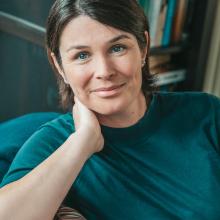
These topics might also interest you:
